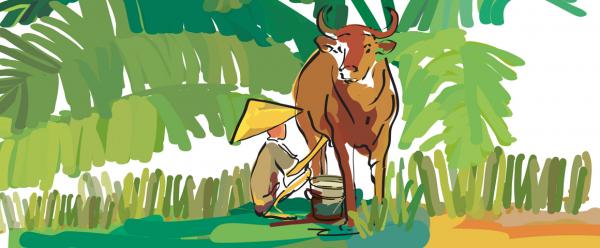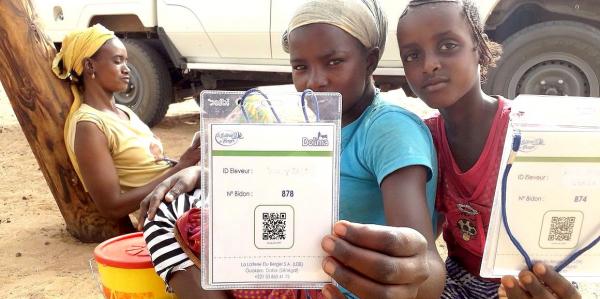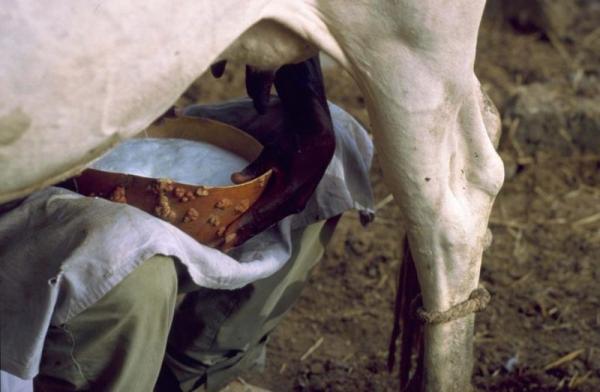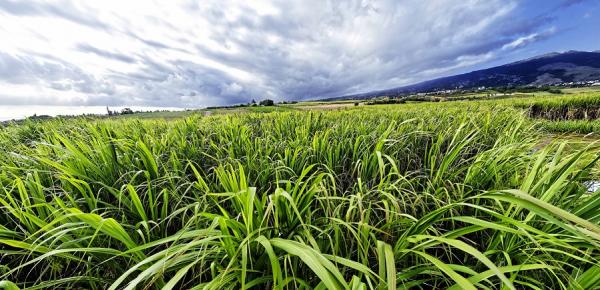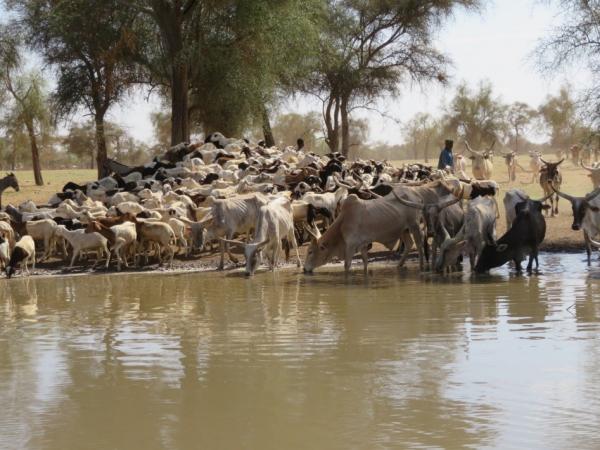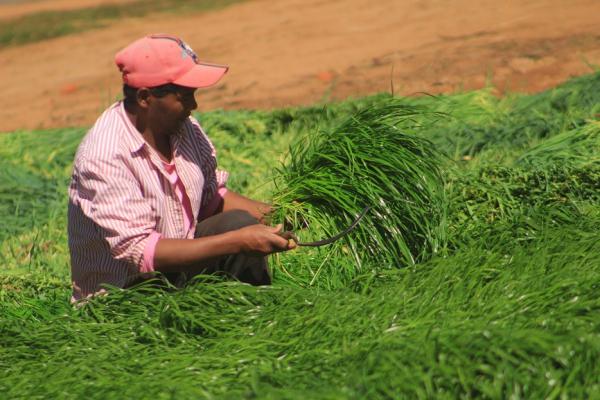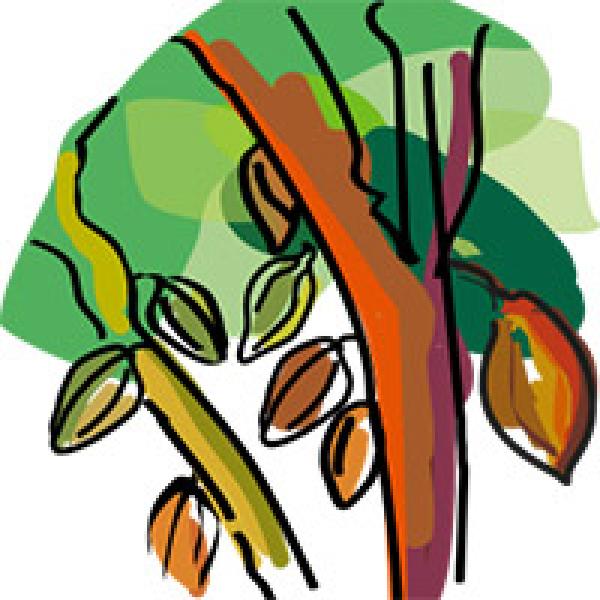Institutional news 2 October 2024
- Home
- Our activities, our impact
- Tropical value chains
- Dairy

Dairy
The figures for dairy
- Around 820 Mt of milk are produced worldwide each year, with an annual growth rates of between 1 and 2%.
- More than 80% of the milk consumed comes from dairy cows, 10 to 15% from buffaloes, less than 4% from small ruminants and less than 1% from camels.
- 118 million dairy farms worldwide, with an average of three cows per farm; there are 70 million in India.
- In France and Germany, the average per dairy farm is 65 cows; the figure is 94 in the Netherlands and 274 in Australia.
- In the USA, half of dairy cows are reared on "megafarms" with more than 1000 cows.
- In 20 years, dairy production has increased by 60% in Asia, 45% in Africa and 40% in Latin America.
- Over the past 20 years, dairy consumption has more or less stagnated in developed countries; it has increased by 100% in Africa and 110% in Asia.
- Less than 10% of global output is traded overseas, in the form of milk powders, cheese and butter.
The issues
Since the abolition of dairy quotas within the European Union, the sector has seen increasing international competition. However, the prospects for development are still good: the rapid growth in consumption in the global South, particularly in emerging countries like China, should boost market growth.
The question is: which players and regions will benefit from that growth? What impacts will the development of increasingly intensive dairy production have on the environment? In short, what impacts will the dairy sector have on sustainable territorial development?
The stakeholders in dairy chains in the global South – herders, agropastoralists, peasant farmers, commercial farms, collectors and industry – face many challenges:
- Ensuring the development of environmentally friendly dairy production, notably that minimizes GHG emissions, consumes as little as possible in terms of chemical inputs and fossil fuels, and keeps pollution to a minimum, particularly by developing grazing systems.
- Fostering the complementarities between livestock production and local agricultural activities, by using agroindustrial by-products as livestock feed and livestock manure as fertilizer.
- Securing the development of milk collection and processing in rural areas where dairying is a vital activity.
- Promoting the comparative advantages of dairy regions, particularly when alternative income sources are limited.
- Satisfying increasing demand for quality products tailored to local food and industrial preferences.
- Preserving the range of expertise, genetic resources and dairying cultures.
- Anticipating and avoiding major health risks.
- Including family farms, which account for the major share of global output, in the emergence of new "sustainable dairy" certification schemes.

























